Building with wood is on the rise—and we're talking large-scale projects and even infrastructure. This special section examines the forces driving the demand for timber construction: the policies in place to encourage its use, advances in its engineering to suit unexpected building types and locations, and efforts to source it sustainably.
Continuing Education

To earn two AIA learning units (LU), including two hours of health, safety, and welfare (HSW) credit, read the articles above and Mythbusting Mass Timber (pages 12 though 14), by LEVER Architecture and Atelier Ten.
Then complete the quiz. Upon passing the test, you will receive a certificate of completion, and your credit will be automatically reported to the AIA. Additional information regarding credit-reporting and continuing-education requirements can be found at continuingeducation.bnpmedia.com.
Learning Objectives
- Explain factors that influence how much carbon is stored in wood building products.
- Explain how product procurement can be tailored to reflect a client’s environmental, social, and economic goals.
- Discuss policies regulating and encouraging wood construction globally.
- Describe innovative engineering and construction strategies for large-scale timber buildings.
AIA/CES Course #K2306A
Glossary of Terms
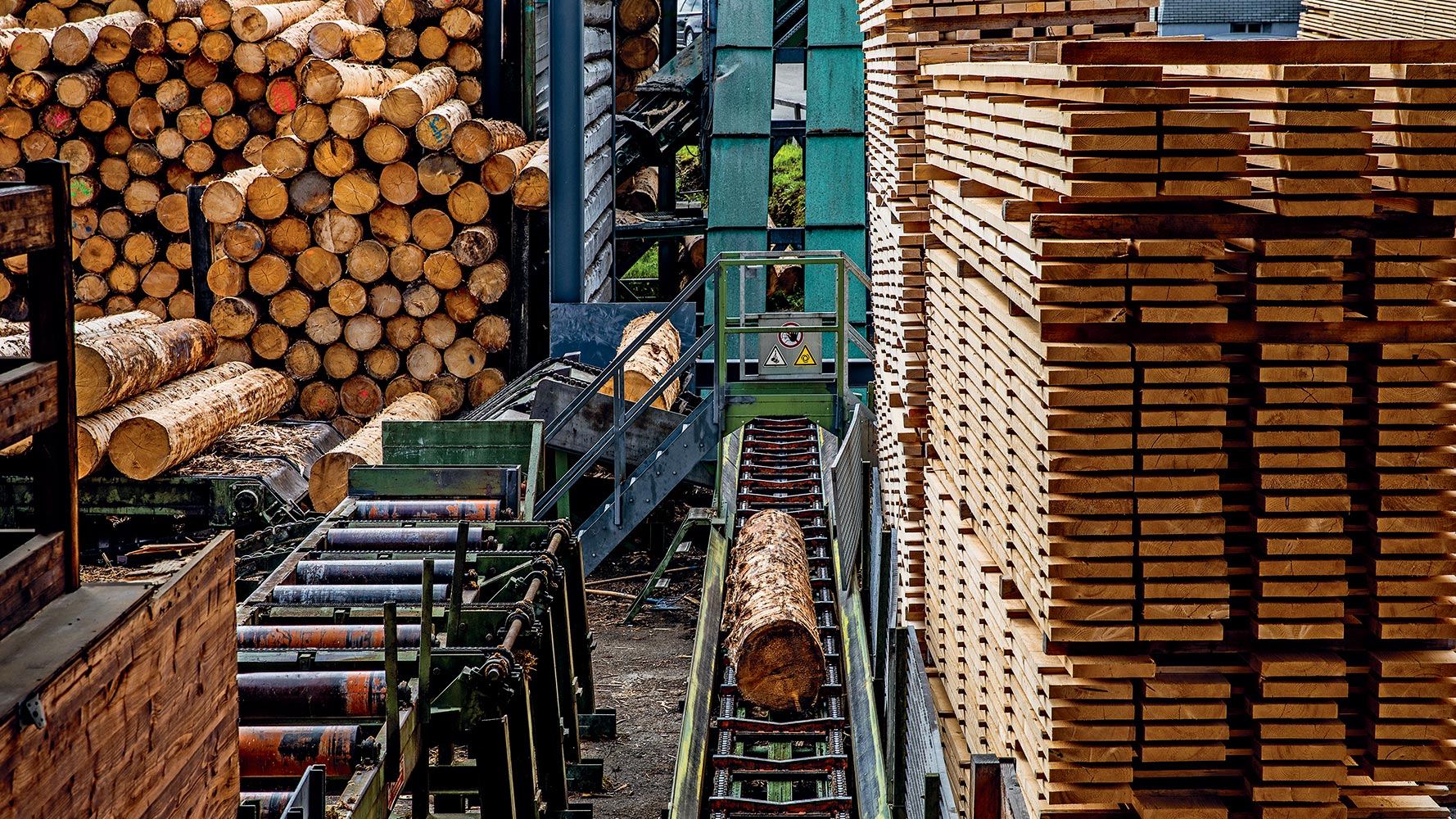
Photo © Stephan Rappo
RECORD has compiled a glossary of terms related to timber construction.
biogenic carbon
The carbon in wood, paper, grass trimmings, and other organic matter removed from the atmosphere by photosynthesis, which will ultimately be returned to the atmosphere through burning or decay.
cross-laminated timber (CLT)
An engineered-wood panel consisting of layers of lumber stacked with the grain at 90-degree angles and glued together with structural adhesives. Applications include floor slabs, walls, and roofs (A, below).
dowel-laminated timber (DLT)
A mass-timber product made of dimensional softwood lumber stacked and friction-fit together with hardwood dowels. Although similar to nail-laminated timber, because the panels are made without nails or screws, they are safer to mill and cut. The panels can be used in flooring, roofing, and wall applications (B, below).
embodied carbon
The greenhouse gases emitted during the manufacturing, installation, maintenance, and disposal of building materials.
Forest Stewardship Council (FSC)
An international nongovernmental organization that oversees certification programs for forest management and wood and paper products.
glue-laminated timber (glulam)
An engineered-wood product commonly used for beams and columns. Laminations are glued together with their grains running parallel to the member’s length and are jointed end to end, allowing for long spans (C, below).
heavy timber
A traditional construction method in which the primary load-bearing system is made of large wood members.
laminated-veneer lumber (LVL)
An engineered-wood product manufactured from multiple thin layers of veneer that are aligned with the length of the finished lumber. It is often used for headers, beams, and rim board.
life cycle assessment (LCA)
A standard approach to quantifying the environmental impacts of a product or process during its entire life cycle, from the extraction of raw materials to disposal.
mass-plywood panels (MPP)
A large-scale structural panel made from wood veneers. This “super plywood” is manufactured of thin sheets of wood laid down in an alternating pattern with resin applied between each layer.
mass timber
A construction system in which the load-bearing elements are made of engineered components formed by laminating or fastening together layers of wood. These components are often fabricated off-site.
nail-laminated timber (NLT)
A panel made of dimensional lumber placed on edge and mechanically fastened together with nails or screws, creating a single structural element. It is most commonly used for floor and roof systems (D, below).
Programme for the Endorsement of Forest Certification (PEFC)
A global alliance of national forest-certification systems.
Sustainable Forestry Initiative (SFI)
A nonprofit organization that provides a certification framework for forest management and wood and paper products.
Wildlands urban interface (WUI)
The zone of transition between wilderness and land developed by human activity, where the built environment meets the natural environment. Human settlements in the WUI are at greater risk of damage due to wildfire.
Click graphic to enlarge. Image © Think Wood
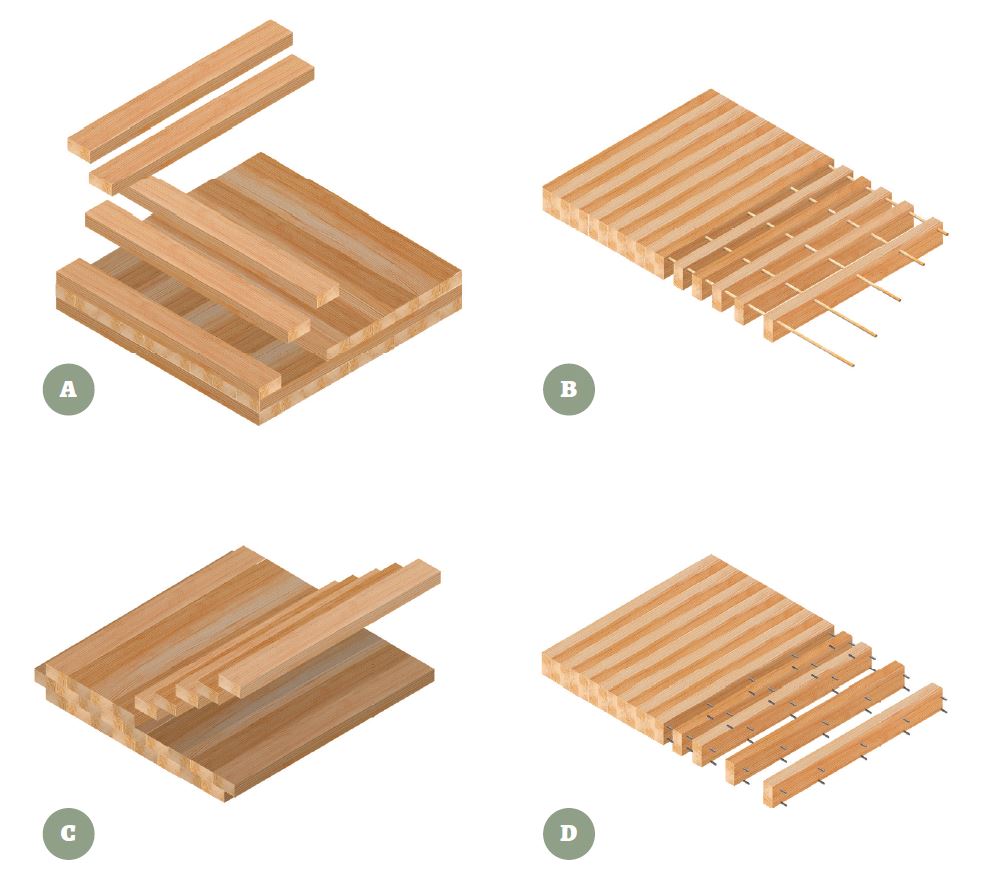
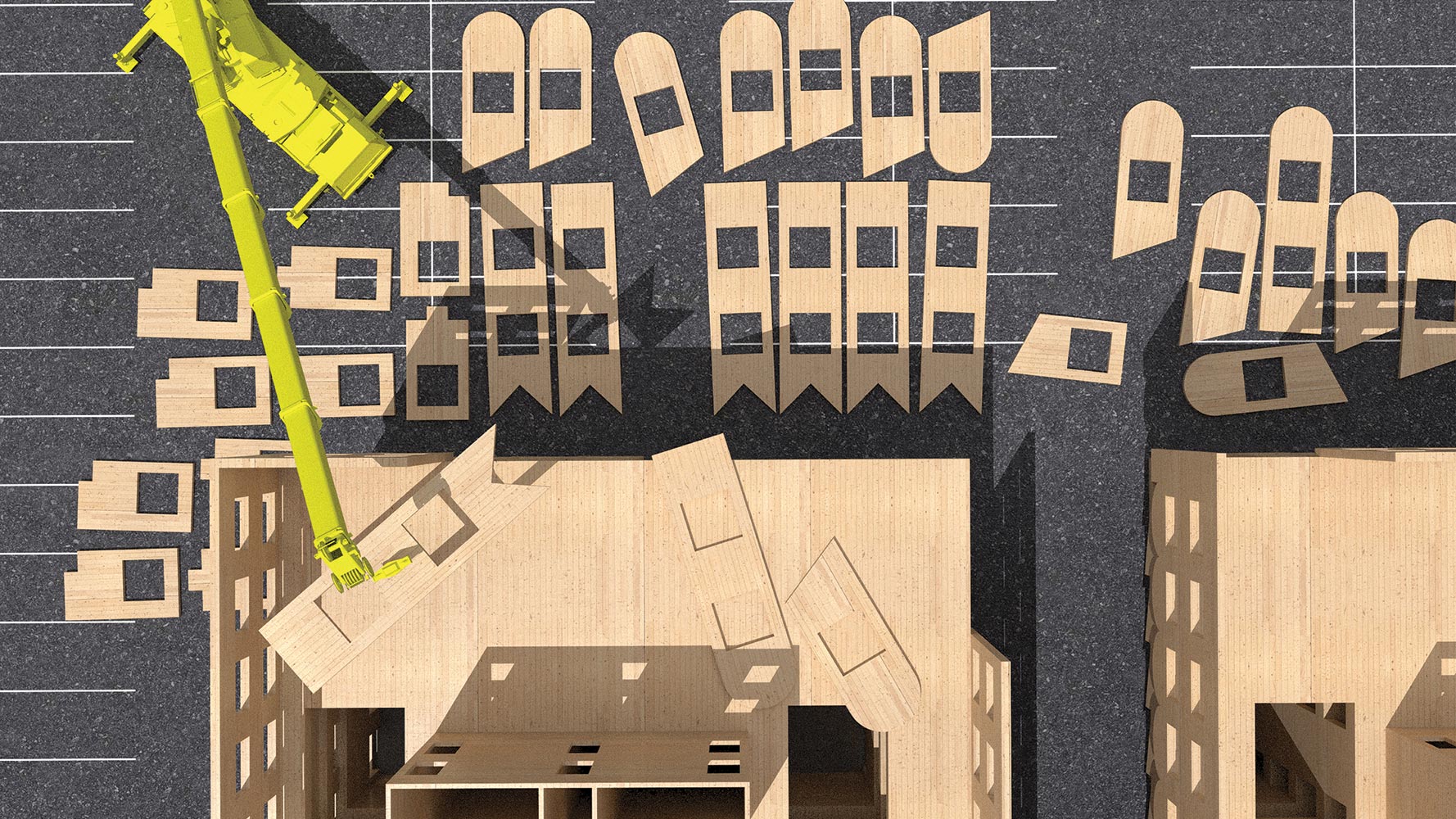
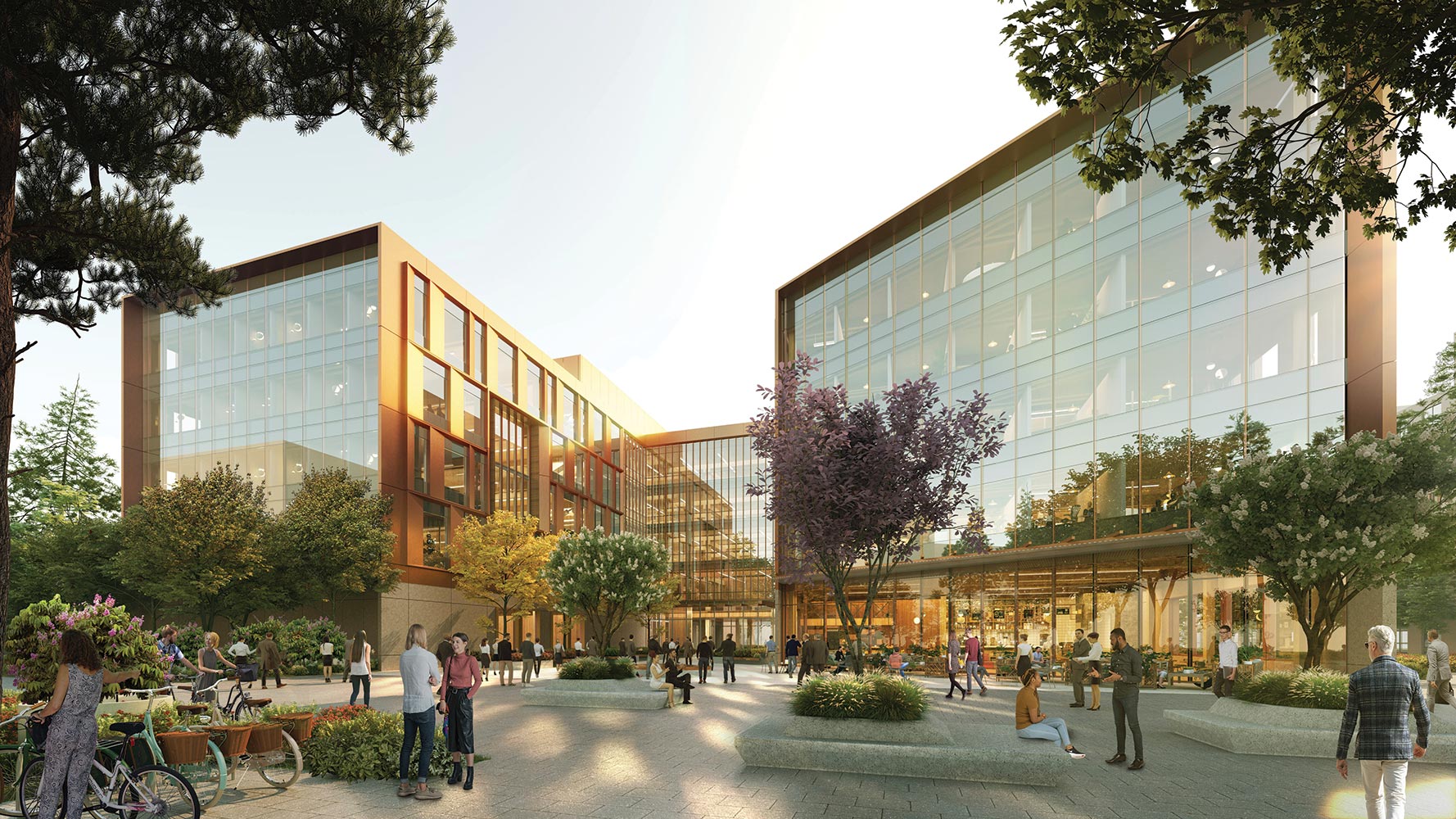

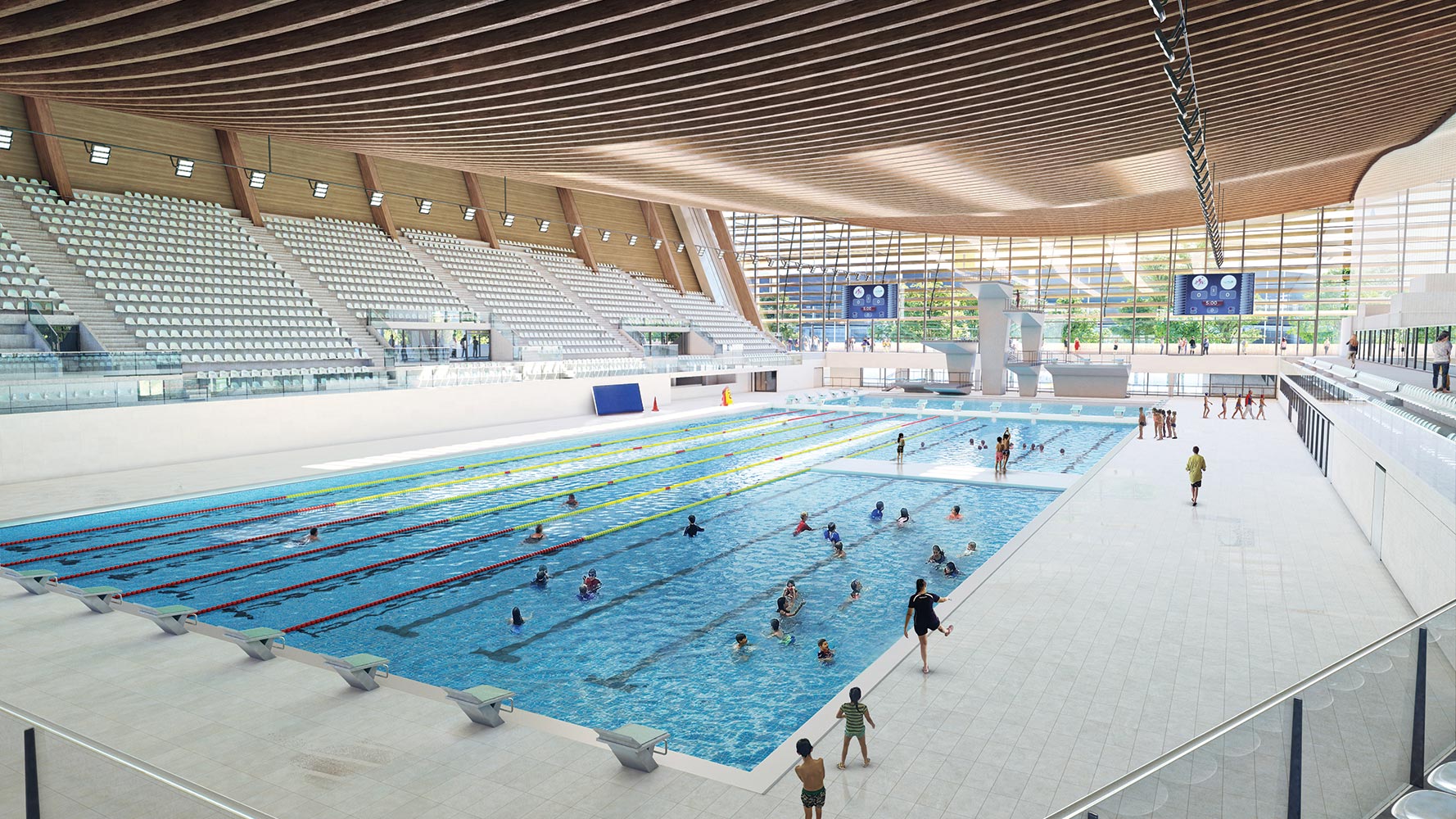
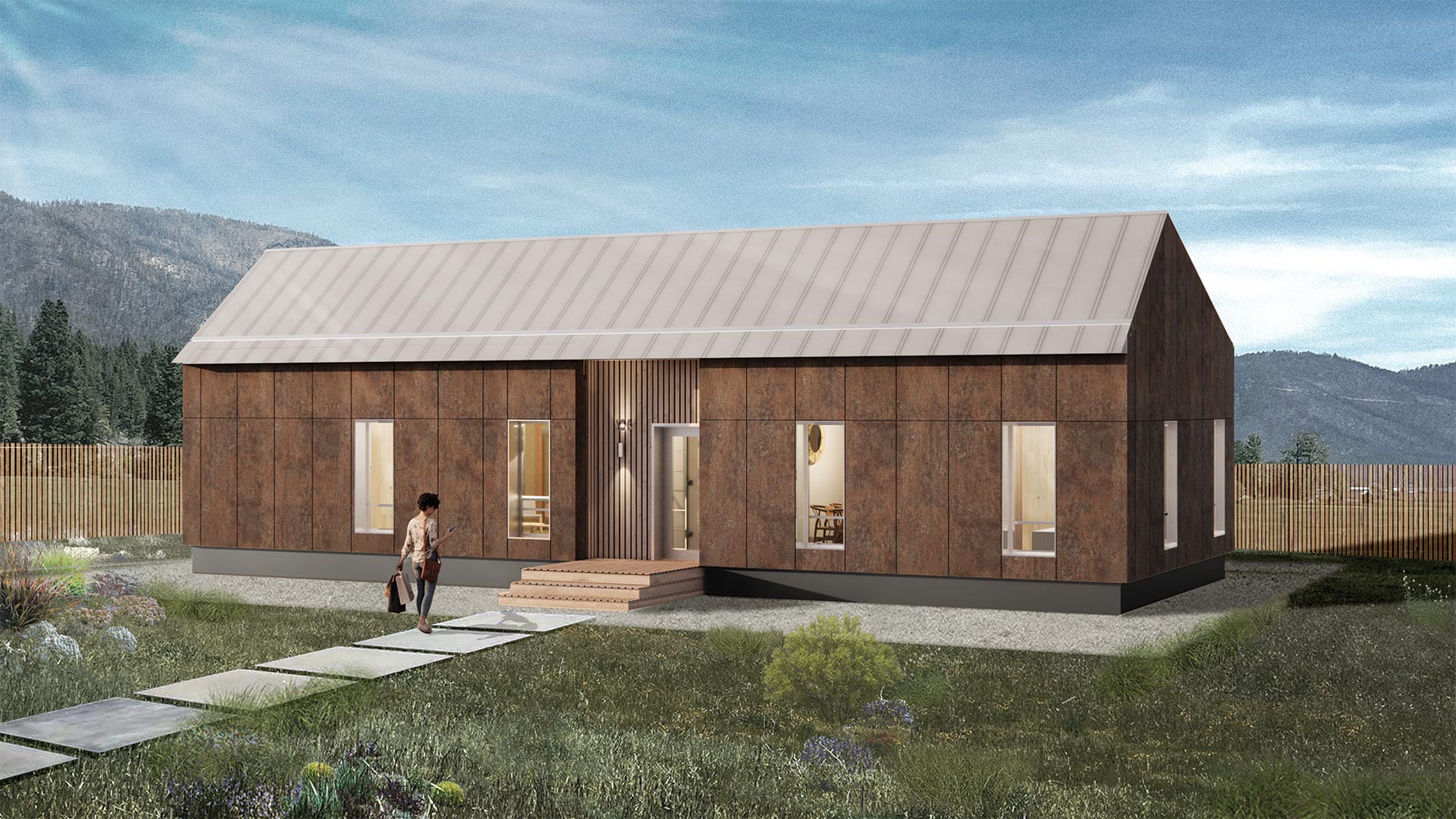
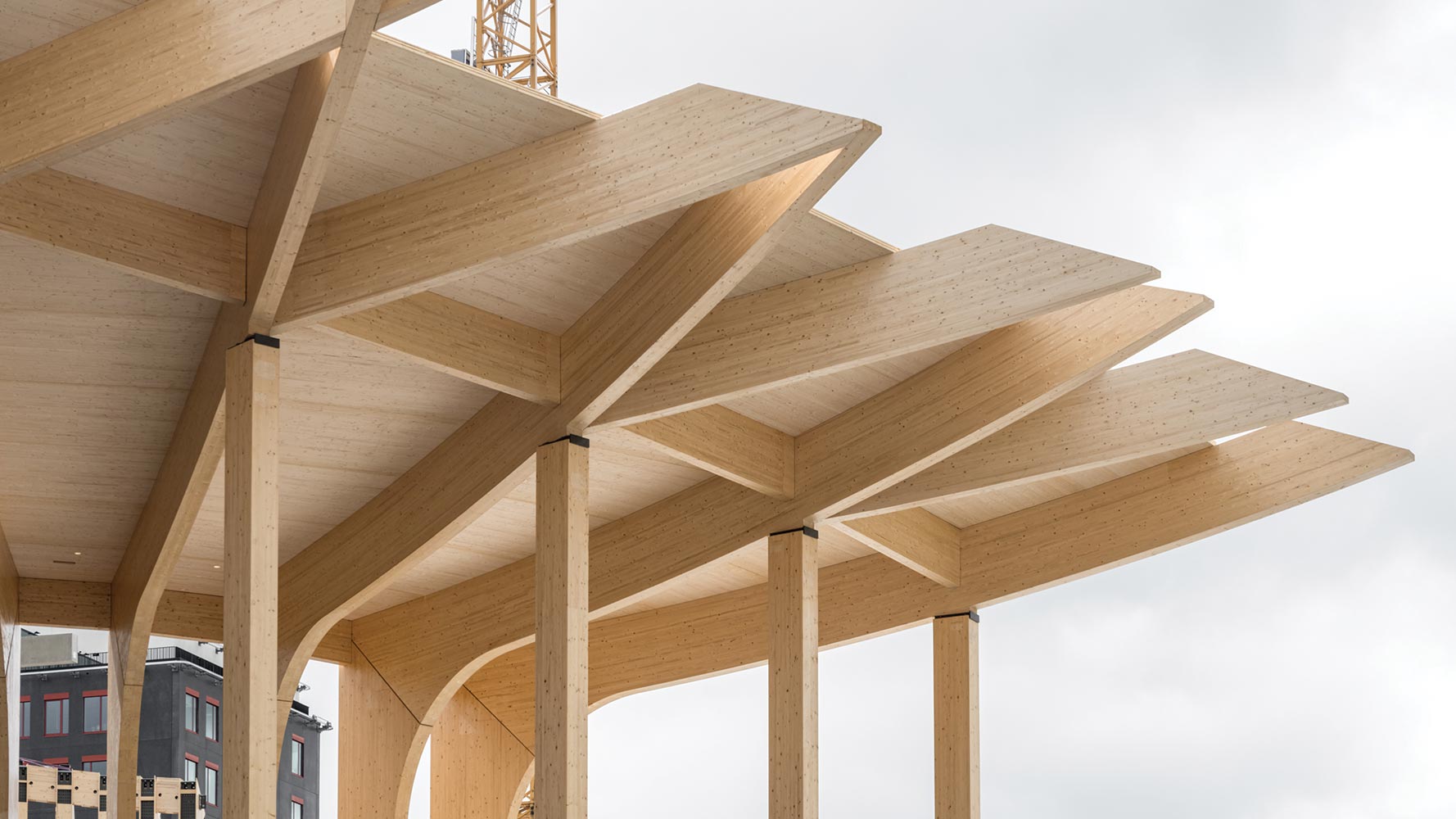
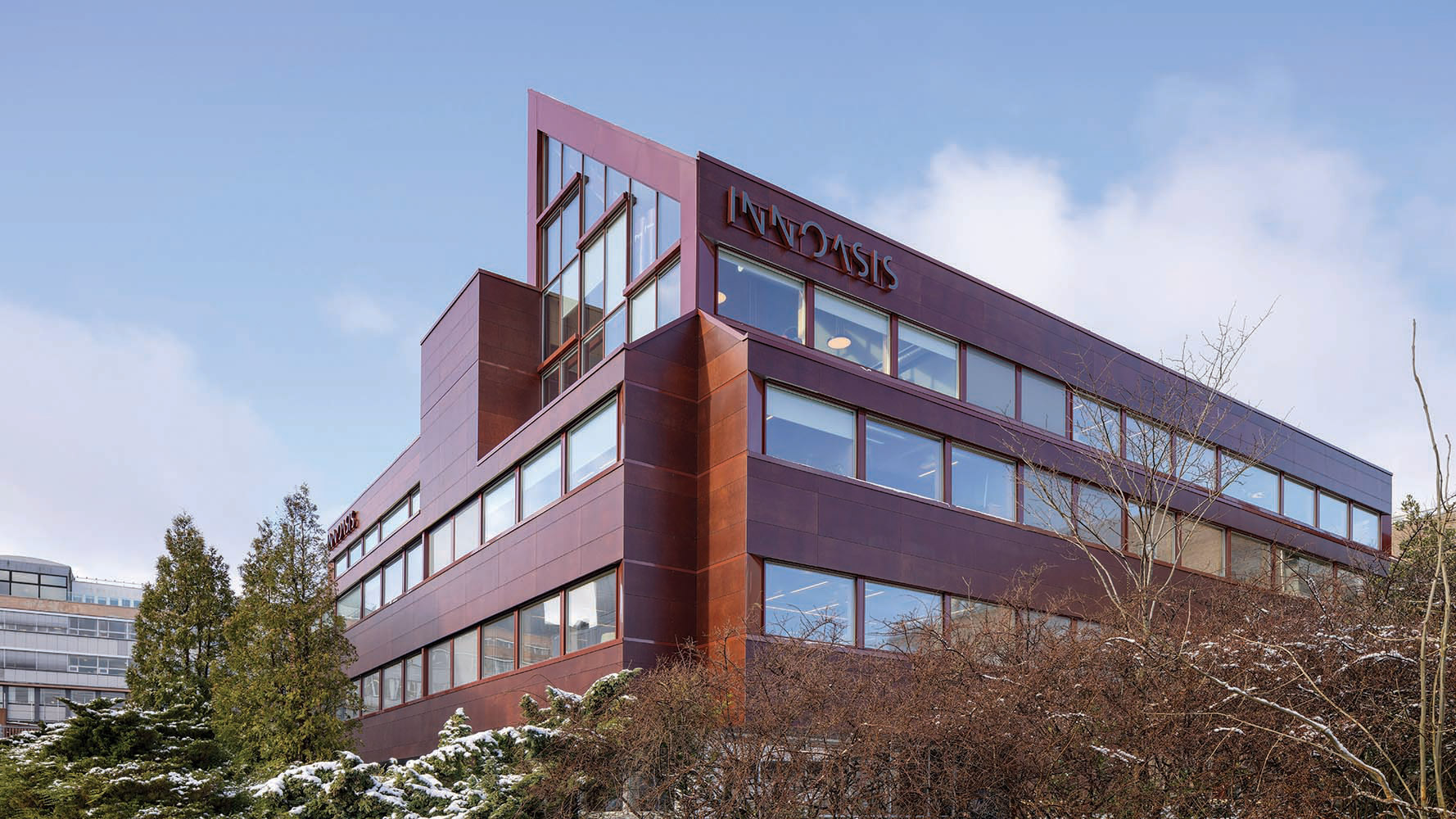
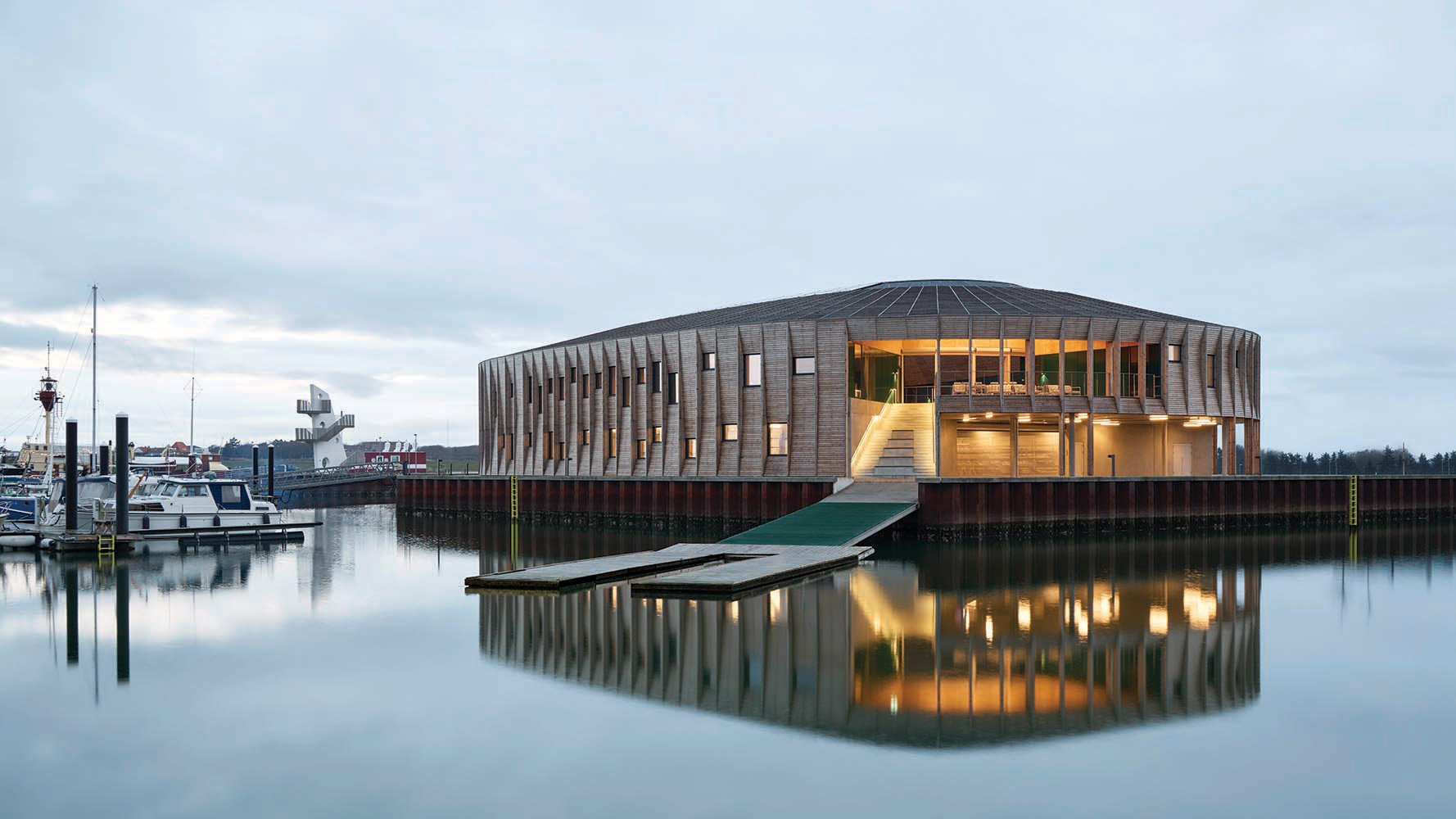


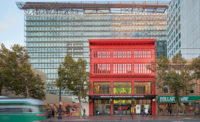
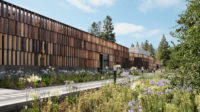
Post a comment to this article
Report Abusive Comment